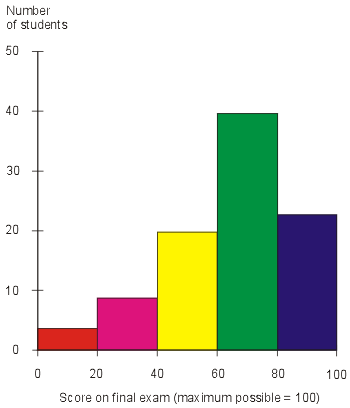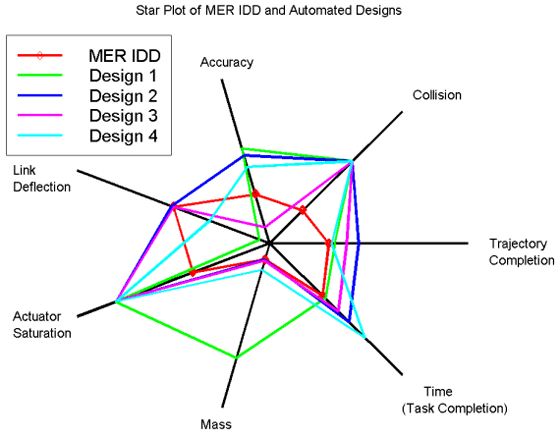
Histogram:
In statistics, a histogram is a graphical display of tabulated frequencies, shown as bars. It shows what proportion of cases fall into each of several categories, it is a form of data binning. The categories are usually specified as non-overlapping intervals of some variable. The categories must be adjacent. The intervals are generally of the same size, and are most easily interpreted if they are. Histograms are used to plot density of data, and often for density estimation,estimating the probability density function of the underlying variable.


 http://www.biomedcentral.com/content/figures/1471-2164-8-353-5-l.jpg
http://www.biomedcentral.com/content/figures/1471-2164-8-353-5-l.jpg
